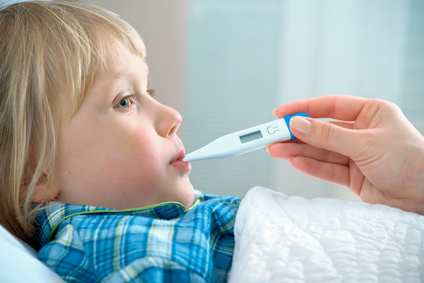
The healthy alliance of plastics and silver
Increasingly innovative materials
Some ten years ago, the plastics industry began hunting down bacteria. Researchers busied themselves developing new processes to develop barriers against bacteria and other germs.
The applications seemed promising then, in the fields of health and also foodstuff.

 In fact, it was a task for them to discover which antiseptic could be incorporated in a polymer. Initially, the idea appeared simple, but what would this miracle product be that could guarantee a hygienic barrier and lasting stability in different ambient conditions: temperature, humidity, light, etc. Already well known for its exceptional properties, silver iodide quickly emerged as the most appropriate additive. It was known that silver iodide had already been used in ancient times to cover crockery and help preserve foods. The Persian Emperor Cyrus the Great (580-529 B.C.) provided his troops with silver containers for water during his military expeditions.
In fact, it was a task for them to discover which antiseptic could be incorporated in a polymer. Initially, the idea appeared simple, but what would this miracle product be that could guarantee a hygienic barrier and lasting stability in different ambient conditions: temperature, humidity, light, etc. Already well known for its exceptional properties, silver iodide quickly emerged as the most appropriate additive. It was known that silver iodide had already been used in ancient times to cover crockery and help preserve foods. The Persian Emperor Cyrus the Great (580-529 B.C.) provided his troops with silver containers for water during his military expeditions.
Researchers think of everything!
 In the middle of the 19th century, thanks to its sensitivity to light, silver iodide led to the invention of photography. Nicéphore Niépce produced the first heliographs using silver chloride, which slowly turned black when exposed to light. By incorporating silver particles in a polymer, was there not a risk of it turning black in time? This certainly would not have impaired its new antibacterial properties in any way but would have given the products obtained an unattractive or even repulsive appearance.
In the middle of the 19th century, thanks to its sensitivity to light, silver iodide led to the invention of photography. Nicéphore Niépce produced the first heliographs using silver chloride, which slowly turned black when exposed to light. By incorporating silver particles in a polymer, was there not a risk of it turning black in time? This certainly would not have impaired its new antibacterial properties in any way but would have given the products obtained an unattractive or even repulsive appearance.
Researchers were therefore faced with a new problem. However, they quickly found the solution by encapsulating the silver iodide in a polyester film forming a barrier against light.
This master stroke by chemists, in the plastics industry, was to stabilise the ions and incorporate them in polymers, without affecting any of their antimicrobial properties.
In effect, the silver ions cross through the cellular membrane of microorganisms and thus interrupt their cellular functions, preventing their proliferation and harmful effects. We should add that the ions only act in the case of an “attack” by germs and bacteria and are completely harmless to any other life form.
Antibacterial plastics were well and truly born!

On all fronts
 One, though not insignificant, characteristic of this incorporation technique is that it can be adapted to a large number of polymers: ABS, PE, PP, PET, PVC, etc. Even textiles such as acrylic and nylon now include this technology. In other words, any plastic object can now contain an antibacterial agent. Plastics manufacturers got it right and many bacteria-killing objects continue to be developed: from dressings to food-grade packaging film and including bottles, curtains as found in hospital rooms and even door handles.
One, though not insignificant, characteristic of this incorporation technique is that it can be adapted to a large number of polymers: ABS, PE, PP, PET, PVC, etc. Even textiles such as acrylic and nylon now include this technology. In other words, any plastic object can now contain an antibacterial agent. Plastics manufacturers got it right and many bacteria-killing objects continue to be developed: from dressings to food-grade packaging film and including bottles, curtains as found in hospital rooms and even door handles.
Ten years ago, bacteria-killing plastics were still in the realm of science fiction today, the technology is totally under control and the ball is now in the court of finished products manufacturers to find new applications for these unusual polymers.
The possibilities are virtually infinite!





